My Four Favorite Landscape Photography Accessories
While my camera and lenses are my most important pieces of gear, other items are almost as essential. In this post, I share my four favorite landscape photography accessories and why I use them, including fishing waders, a handheld GPS, a portable diffuser, and my remote shutter release. Each example photo would not have been possible or much more difficult to create without these pieces of gear.
Fishing Waders or Water Shoes
I always enjoy photographing water, often getting quite close to my subject. But unlike some photographers who are willing to get in water with normal shoes, I personally can’t handle the cold. I spend more time thinking about being in pain from the chilled water than focusing on my photography. A great solution to this problem: fishing waders or water shoes plus neoprene socks.
For many photography situations, I wear a pair of full-length fishing waders with built-in neoprene booties plus Crocs-brand fishing shoes. This set-up is pretty light weight, so I can stash the waders inside my pack and attach the shoes to the outside of my pack when hiking. For situations where I might need more ankle support, I switch out the Crocs shoes in favor of sturdier fishing wader boots. While I wear full waders for warmth, they can be a bit too much. For ankle deep water, neoprene socks and water shoes are often sufficient with the benefit of being less cumbersome. With this gear, I am not going to win any photographer fashion contests but I am able to comfortably get into a stream or gentle waves without worrying about getting cold or wet. For the photo above, my waders allowed me to comfortably stand in the water for more than an hour without ever getting cold.
An important note: if you decide to give waders a try, always be smart about how you use them and place your safety as the top priority (some very basic tips: stay out of any fast-moving or deep water and anything but gentle waves; use the safety devices that come with waders, like a wading belt to keep the waders from filling with water in the event of a fall; and always use an abundance of caution since stream beds and rocks can be very slippery).
Handheld GPS
A handheld GPS is typically thought of as a handy tool for hiking and navigation. One can also be a very useful tool for a nature photographer. In fact, my handheld GPS is my favorite tool for scouting photography locations. With my GPS, I am able to save locations that might be good for photography so that I can return to a specific spot on a return visit.
Take the example of the photo above. This small patch of mud tiles is in a massive expanse of sand dunes. Because the dunes are small and mostly featureless, returning to a specific spot without a navigational aid is quite difficult. In this case, I scouted during the day, saved the location of this spot on my GPS, and then returned at sunset to take this photo. I follow a similar practice in most of the places I visit, using the GPS to create a catalog of spots for future reference.
Portable Diffuser
While photographing grand landscapes is dependent on a lot of factors outside of your control, a simple portable, folding diffuser can make it possible to photograph smaller scenes in almost any conditions. Thus, I carry a 5-in-1 diffuser/reflector set in my camera bag. This light-weight accessory makes it possible to create shade over my photography subjects during any time of day. I am able to eliminate harsh contrast in favor of soft light in an instant.
Take the photo of the spiral aloe above. I have wanted to photograph this fascinating plant species for years and we finally visited a garden that had a few specimens. The only specimen close enough to photograph happened to be located in a spot that received direct sun almost all day – not the conditions I had in mind for the photo I wanted to create. With my portable diffuser, it was easy to create soft, even lighting over just the plant.
Remote Shutter Release
Since cameras have built-in timers, some photographers go without a remote shutter release. Even with the built-in timer, I find that bringing along a remote release is essential for my photography. (At least for my camera, a remote release with a cord is more reliable and easier to use than the cordless, battery operated remote releases that are also available.)
So why carry an additional piece of gear when your camera timer will work? One simple word: timing. With my camera’s two-second or ten-second timer, I click the shutter and then have to wait for the camera to take the photo. While this works well in some circumstances, it can mean missing the decisive moment in others situations.
Over the last few weeks, I have been photographing fall colors, which inevitably seem to be accompanied by windy conditions. In order to capture sharp leaves during longer exposures, it can be important to time my shutter release for lulls in the wind. With a remote release, I can click the shutter instantly without having to wait for the delay with the built-in camera timer. Timing can also be really important when photographing other moving subjects, like waves (as seen in the photo at the top of this post). And, beyond timing, using a remote release can help increase the sharpness of your files since keeping your hands off your camera can reduce vibration.
Your Turn
Beyond your camera and lenses, what are your favorite landscape photography accessories that you use to help create your photos? We welcome any additions to this list in the comments below.

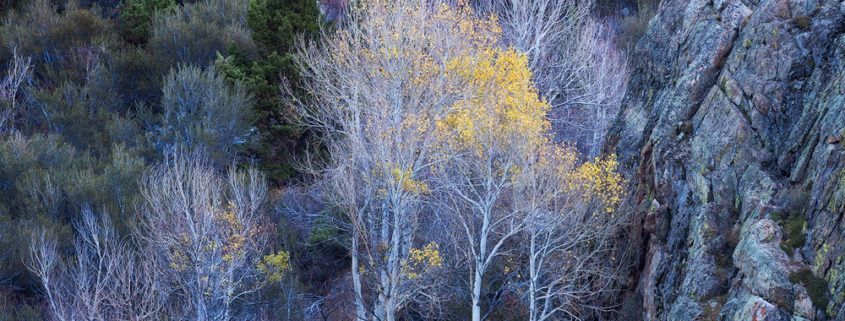
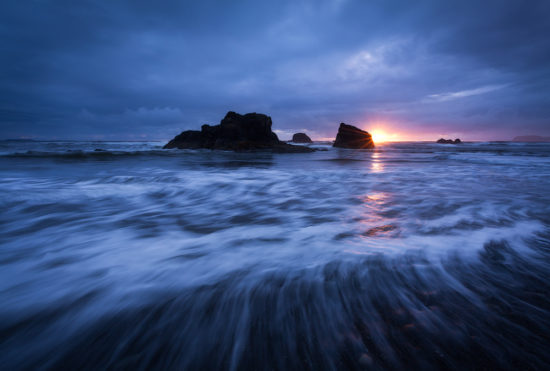
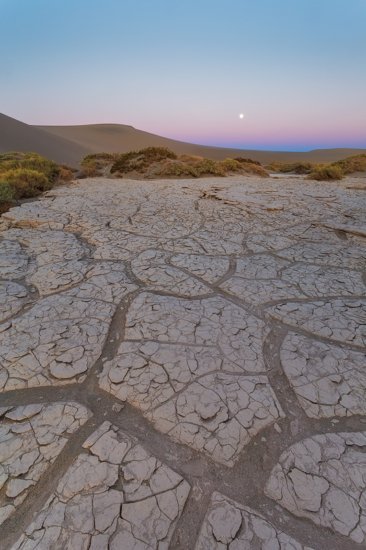
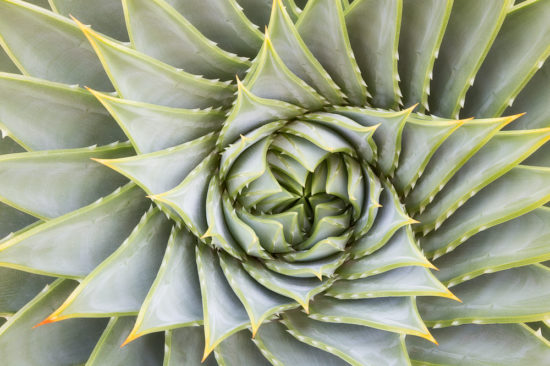
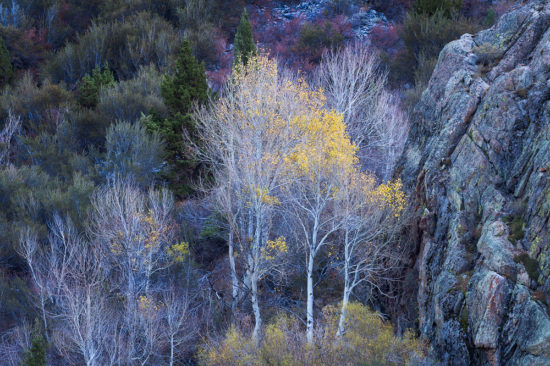


My favorite accessory is for close ups. It’s the Kirk Long Rail Plate. This is basically a long quick release plate with a clamp attached. It allows me to slide the camera back and forth over a distance of about five or six inches. This makes adjusting focus and composition for close ups a lot easier.
Plus it doesn’t take up much room in the pack. Best $120 or so I ever spent. I think RRS makes something similar.
Thanks for sharing Sarah. I find my smart phone an indispensable tool for modern photography. It helps planning, setting up and even during. Apps for planning and during that provide value: PhotoPils, SkyView, Dark Sky. I have a the Pulse from Alpine labs that enables me to control my camera, review my settings and histogram, serve as a remote trigger or set up shots and let it go. Thanks again for the post.
Hi Will – thank you for the comment. I completely agree – my phone is a great tool for my photography planning, too. I will have to take a look at the Pulse app. I have also started using Gaia GPS on my iPhone, which now works without a cell phone signal. It is probably my new favorite app for photography since it is so useful for scouting.
Besides the usual tripod, filters,and my remote release, I also carry a hand held GPS (Garmin) as well as a GPS mounted to my camera. I also carry extra batteries for my Garmin, a map and a compass.The camera mounted GPS will record not only my position when I released the shutter but also my altitude and compass direction the lens was pointing. This is all recorded in the camera. Once in the field, I tend to wander lost in Nature without regard to where I am or where I have been. Besides scouting, I also use the Garmin to find my way back to my car. The map and compass are a backup just in case since a hand held GPS may not be able to get a lock in a dense forest or in a deep/narrow canyon. Or if the batteries are dead! REI not only sells maps and compasses but also offers classes (free I believe) to teach you how to use them. I never go into the back country without them. As for cell phone apps, they do work but only if they have access to a cell tower and/or WiFi and/or Bluetooth. This really limits their usefulness when you are off the beaten trail.
For cacti of all sorts, check the Desert Botanical Garden in Phoenix. They have a magnificent collection. I have also photographed them at the Boyce-Thompson Arboretum (on AZ-60 just west of Superior, AZ). They have specimens from around the globe and is part of the botanical department of the University of Arizona.
Hi Thomas – thanks so much for the comment. At least on newer iPhones, the Gaia GPS app will work in airplane mode. I started using it last month and it has become my favorite app on my phone. I use it every time I go hiking and it is very useful for photography. Adding a waypoint with a photo attached is a snap, which makes it fantastic for scouting. So, if I were to revise this article, I would say that I actually prefer my Gaia GPS app over my handheld Garmin GPS. You might want to give the Gaia app a try if you have a recently made cell phone.
Thanks for the garden tips. We have been to both the Desert Botanical Garden and Boyce Thompson, both of which are fantastic as you mention. We recently visited Huntington Garden outside of Los Angeles and I think it has an even more impressive (or at least equally impressive) cactus and succulent garden than the Tuscon/Phoenix-area gardens. I would highly recommend a visit to anyone who appreciates botanic gardens.
Hi Sarah
1) use a tripod [almost a “given!”] and use the virtual horizon in the camera to straighten images “in-camera”
2) Use the viewfinder cover to prevent rearwards light entering the camera and affecting the exposure ~ some are built into the camera]
3) Use a remote timer/shutter release and shutter lock-up
4) have available several key values of Lee Filters including their circular polariser.
Hi Rob – Thanks for sharing your favorite accessories. I definitely agree with a tripod – that item is a given!
Here is my list of the four favorite accessories I use (in no particular order of priority):
Brolly Photographer’s Umbrella: This umbrella has a grip much like brass knuckles, which allows me to grip my camera while still holding the umbrella. The umbrella enables me to shoot in misty or rainy weather without getting moisture on my lens or the filters.
TPE/Photo Transit/Photo Pills: These apps on my smartphone have proven to be invaluable not only for scouting new locations but for finding just the right timing for certain events (I was quite fortunate to shoot the Milky Way over the Maroon Bells during the Perseid Meteor events, catching a meteor streaking down the Milky Way, this past August).
Vello Remote Shutter Release: While the camera has built-in tools (2-sec / 10-sec timers), there is just no replacement for a remote release.
Snowshoes. Okay, I know this sounds bizarre, but trekking in the Sand Dunes of CO was a royal pain the first time I went. Backpack full of gear weighs roughly 60 lbs, soft sand…not so much fun. The next trip I went there was in February (2014, if I remember correctly). There was snow covering much of the dunes, but the main point was I was walking on the dunes using the snowshoes. The spots where it was just sand, I realized the snowshoes were functioning just as they would with snow, displacing my weight across the snowshoe surface making trekking much easier!!
This is a great list of accessories, Pete. The snowshoes idea is fascinating. I am curious to give that idea a try, so thanks for the innovative contribution.
Great tips, Sarah. Do you use a dedicated GPS unit or something like the Gaia tracking app on your smartphone?
Another advantage of using a remote release is the ability to lock up the mirror prior to exposure for reduced vibration. Some cameras do that on the self-timer setting, but like you said, that can be a problem with timing.
Hi Greg – thanks for taking the time to leave a comment. I use a dedicated GPS unit – a Garmin Oregon 450t. It has a built-in camera, which makes it really useful for scouting. I have not had good luck using a GPS app on my iPhone so I stick with my Garmin, even though it is an extra thing to bring along. And, thanks for adding the other benefit of using a remote release. Another good tip!